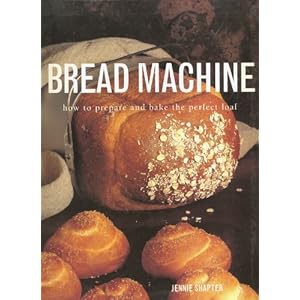Of course I believe that whole grains were better for you, even if some traditionalist don't think so, but wheat was really doing a number to my sweet baby's system. I thought sourdough was the only way to go, and from this post you can hear me complaining about the time and care it took to make one loaf of bread.
Then there was "soaking".
After finding another traditional living website, KitchenStewardship.com, I stumbled on to this FREE gem of an ebook there. All I had to do was sign up for a once-a-month newsletter (no problem!).
In her post here she explained how and why to soak whole grains. Here are a couple of little excerpts I've taken from that post.
The Why:
The Basic Science Behind Soaking Grains
- Grains are seeds. (All this information therefore, pertains to legumes, nuts and seeds as well.)
- Seeds are meant to pass through the system relatively undigested so they can be planted elsewhere (think in nature).
- To make it possible for seeds to pass through undigested, there are some anti-nutrients built in to make them difficult to digest.
- Seeds also need to be preserved until the time is right for sprouting, so they have certain compounds that stop the active enzyme activity of germination.
- These compounds also serve to hinder active enzyme activity in your digestive system.
- Beginning the sprouting process makes seeds more digestible and help your system obtain all the nutrients in the food.
- “Soaking” grains is one way to mimic the sprouting process
Added Bonus: This process begins to pre-digest the grains, including breaking down complex starches and tannins that can irritate your stomach, as well as beginning to break down proteins like gluten. For some, this reduces gluten sensitivity (like it did for Nugget!)..
The How:
Soaking your whole grains…
- in water (warmer than room temp, ~100-110 degrees or so)
- with an acidic medium added
- at room temperature or above
- for 12-24 hours
Ok that doesn't sound too hard does it?
Heck no, compared to sourdough!
So instead of trying out her bread machine recipe out from the ebook first I decided to reformulate one of my favorite bread machine recipe, Light Whole Wheat Bread (it has a small amount of all-purpose flour that I plan to use unbleached and unbromated flour), from this book:
You can find the recipe on page 69 if you have the book, but here it is and my adjustments:
Light Whole Wheat Bread (Mix Recipe Option)
(I use the Medium size option because it make the best
size for our family and I believe it will work in most machines)
Mix with a pastry cutter or a whisk real well:
3c whole wheat flourI then put this in a Foodsaver bag along with a little packet that had two compartments with:
1 1/3c white flour (unbleached and unbromated)
2t sugar (I used a natural cane sugar)
2T fat (well it was butter but I only had shortening :P)
1 1/2t yeast
2t salt
See the little packet of yeast? :)
To use:
Set aside 1/4c of the flour mix and the yeast/salt packet. Stir the rest of the mix in the bread machine pan with -
1 3/4c liquidIt calls for water but because we need to help the soaking process along I have used up to the full amount with buttermilk. If you want a less tangy tasting bread you can use water and only replace at least 2T with buttermilk, apple cider vinegar, yogurt, or even kefir!)
Next put the 1/4c of the mix you set aside on top of the dough. Make a well in the flour and put the salt and yeast in it (we don't want these two ingredients to be in contact with the dough just yet because they will hinder the soaking process)
Fresh bread tomorrow, YAY!
Set it in your bread machine for a least 12 hours or what I like to do is leave it overnight and then in the morning I turn the machine on - use the basic/normal setting and medium crust (I only have the option of light or dark and dark did just fine)
Here is a picture of a loaf that is almost gone -
It slices so nicely once its cooled!
It rises better then a 100% whole wheat bread and I think it has a better mouth feel too. Also I feel that the small amount of white flour (unbleached and unbromated) and its taste and texture is worth it not being 100% whole wheat.
Remember this bread will go bad long before store bought, but I haven't had the trouble of not eating before then! :)





No comments:
Post a Comment